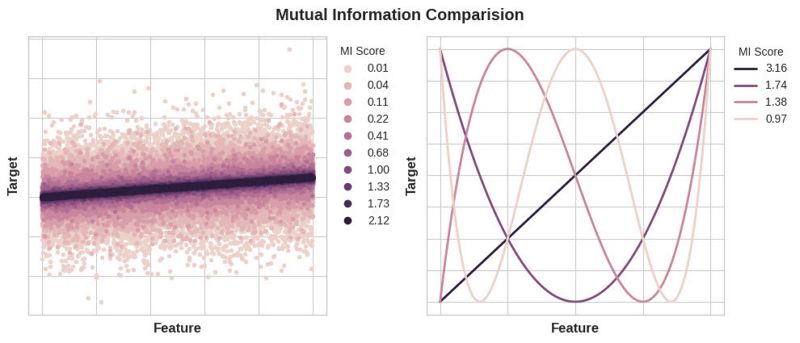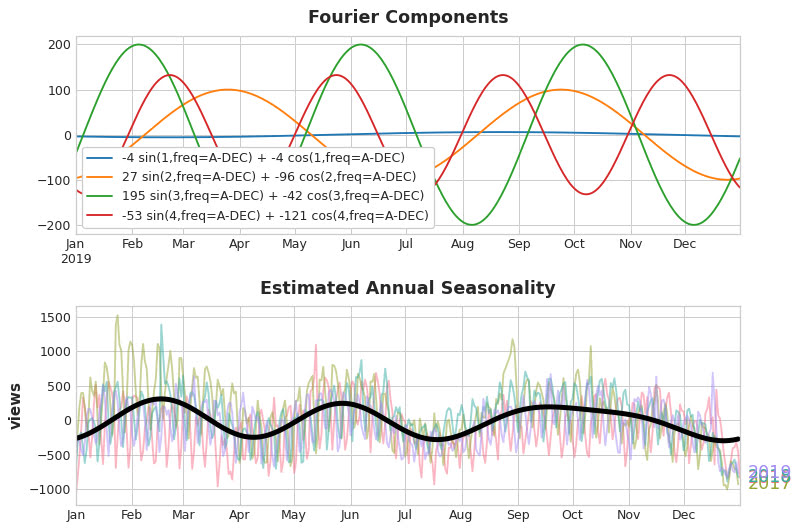I’ve developed several courses for Kaggle Learn:
Intro to Deep Learning
Description: Use TensorFlow and Keras to build and train neural networks for structured data.
- A Single Neuron - Learn about linear units, the building blocks of deep learning.
- Deep Neural Networks - Add hidden layers to your network to uncover complex relationships.
- Stochastic Gradient Descent - Use Keras and Tensorflow to train your first neural network.
- Overfitting and Underfitting - Improve performance with extra capacity or early stopping.
- Dropout and Batch Normalization - Add these special layers to prevent overfitting and stabilize training.
- Binary Classification - Apply deep learning to another common task.
- (Bonus) Detecting the Higgs Boson with TPUs
Computer Vision
Description: Build convolutional neural networks with TensorFlow and Keras.
- The Convolutional Classifier - Create your first computer vision model with Keras.
- Convolution and ReLU - Discover how convnets create features with convolutional layers.
- Maximum Pooling - Learn more about feature extraction with maximum pooling.
- The Sliding Window - Explore two important parameters: stride and padding.
- Custom Convnets - Design your own convnet.
- Data Augmentation - Boost performance by creating extra training data.
- (Bonus) Join the Petals to the Metal Competition

Feature Engineering
Description: Better features make better models. Discover how to get the most out of your data.
- What is Feature Engineering - Learn the steps and principles of creating better features.
- Mutual Information - Locate the features with the most potential.
- Creating Features - Transform features with Pandas.
- Clustering with K-Means - Untangle complex spatial relationships with cluster labels.
- Principal Component Analysis - Discover new features by analyzing variation.
- Target Encoding - Boost any categorical feature with this powerful technique.
- (Bonus) Feature Engineering for the House Prices Competition

Time Series
Description: Apply machine learning to real-world forecasting tasks.
- Linear Regression with Time Series - Use two features unique to time series: lags and time steps.
- Trend - Model long-term changes with moving averages and the time dummy.
- Seasonality - Create indicators and Fourier features to capture period change.
- Time Series as Features - Predict the future from the past with a lag embedding.
- Hybrid Models - Combine the strengths of two forecasters with this powerful technique.
- Forecasting with Machine Learning - Apply ML to any forecasting task with these four strategies.

Other Work
I’ve also completed some shorter projects.
- TFRecords Basics and Walkthrough: Building a Dataset of TFRecords, and an accompanying video with Jesse Mostipak.
- How to Deploy TensorFlow to AI Platform (Unified). Train and deploy a neural network that learns to crop images.